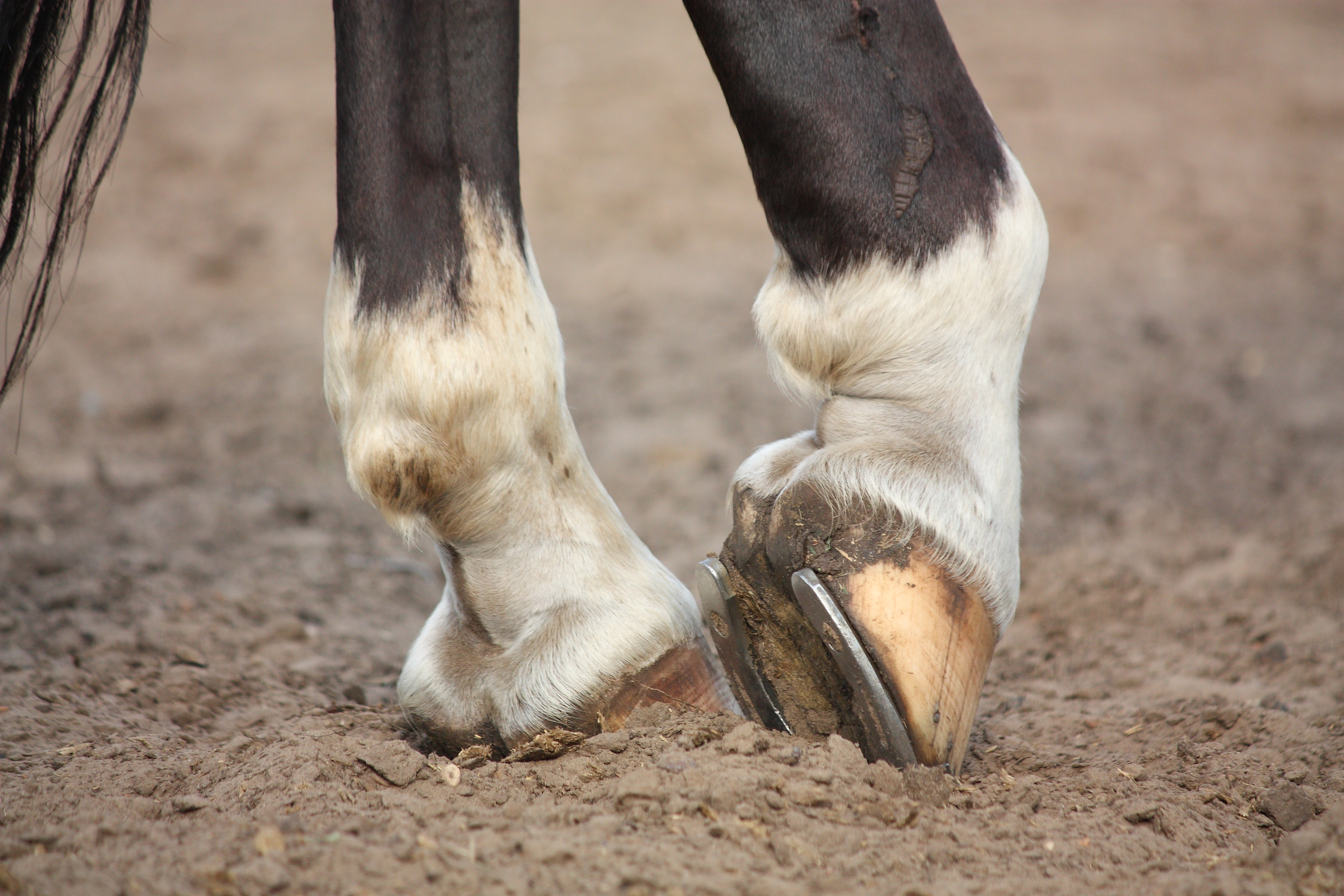Q&A: A pastern joint problem
- July 24, 2023
- ⎯ Equus
Recently I saw a horse who was recovering from surgery for annular ligament constriction on the hind legs. Apparently, he had been “knuckling over” because the annular ligament was constricting the pastern in the hind legs. I had never heard of this condition before. Can you tell me more about it?

A: To understand how things can go wrong in the pastern joint, you first need to appreciate how the tendons and ligaments work together when they’re healthy.
The palmar-plantar annular ligaments are very tough, fibrous structures that wrap horizontally around the back of fetlock joints. In addition to supporting and stabilizing the joints, the annular ligaments support the flexor tendons, which run down the back of the horse’s legs, and they provide a canal for these tendons to glide through as the horse works.
These structures may be placed under huge amounts of strain. Think of the force applied to the rear legs as an eventer jumps over an obstacle or on the front legs as he lands.
Injuries and inflammation in the annular ligaments or the flexor tendons can cause thickening and stiffening in either structure. As a result, the canal behind the fetlock may grow smaller, or the tendon that slides through it may grow bigger. Either way, the ability of the tendon to glide freely past the fetlock joint is diminished, and the horse will be unable to completely extend the fetlock and set the foot flat on the ground. Inflammation and adhesions of the tendon to the sheath make this a painful condition that gets worse when the horse exercises.
The horse you saw was apparently affected in the rear legs, but this condition can occur in the front fetlocks, too. The problem may appear in any breed but is often associated with sport horses, racehorses and warmbloods.
Treatment for annular ligament syndrome is similar to some of the treatments for carpal canal (tunnel) syndrome in people: The fetlock canal is widened surgically by cutting the annular ligament. This surgery has a very good success rate (in one study, 87 percent of the horses returned to athletic soundness) if the injury involves only the annular ligament and not the flexor tendons. Horses with a flexor tendon injury (bowed tendon) in that area did not do nearly as well, with only 38 percent becoming sound.
Bruce A. Connally, DVM, MS
Wyoming Equine
Longmont, Colorado
This article first appeared in EQUUS issue #448, January 2015.





